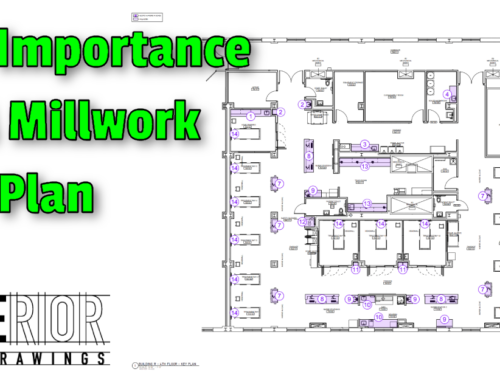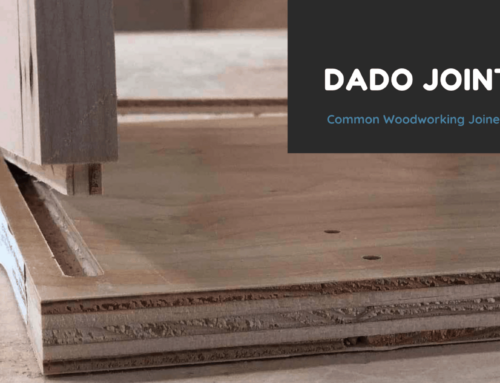If you have landed on our website, chances you are involved in some way shape or form with millwork. You could be a cabinet maker looking for someone to draw the plans for an upcoming project. Do you need to outsource someone to draw casework for a local business? This week, we are going to dive into the ins and out of millwork.

History of Millwork
Historically speaking, millwork has been defined as woodwork that has been produced in a mill. During the late 1800s or the “Golden Age” of millworking, virtually everything inside a home was made from wood. Brent Hull wrote a book called “Historic Millwork: A Guide to Restoring and Re-creating Doors, Windows, and Moldings of the Late Nineteenth Through Mid-Twentieth Centuries.”
Hull dives into the different types of hardwood and softwood that are used. Did you know that there were 13 types of hardwood and 8 types of softwood generally used in the “Golden Age” of millwork? The majority of these woods are still used in one way or another in the 21st Century.

Why the change?
In the 21st century, most buildings (especially skyscrapers) are made out of steel and also incorporate material such as brick, stucco, and cement. That is not to say that wood is still not used within the interiors of the buildings. Why the change? It is mainly due to the introduction of building and fire codes in the last 19th and early 20th Centuries. Do you recall the horrific tragedy of The Great Chicago Fire of 1871? City Council decided to reevaluate the laws for construction. All buildings would now be constructed with flame-resistant material. With many other terrible fires around the United States, federal and state officials stepped in and developed building and fire codes for all construction.

Millwork today
Millwork is just as popular now as ever. Pretty much anywhere you go, you will find something that is a product of millworking. Did you enter a door to get into your office? Take a walk up the steps to your bedroom? That’s millwork. Millwork is not just for practicality purposes. The aesthetics of a proper millwork piece can be a marvelous wonder.
Difference between Millwork and Casework
Too often, people seem to use the terms millwork and casework synonymously. Both are connected with architecture and carpentry. They are, however, different entities entirely.

Millwork
The most direct definition is that millwork is custom made.
Not only used for practical purposes, but millwork is also for decorative purposes. You will see more examples of millwork designs within homes. Examples of common millwork include crown molding, stairways or even a simple drying rack. Millwork is less cost-effective than casework. Completing a project with custom work is more time-consuming, but the finished product is not only an original piece, but one of high quality.
Casework

Casework, on the other hand, is custom but uses standard measurements and dimensions.
You can think of casework as some sort of box. The best way to think about casework is that it is a cabinet that you can find in virtually every store, hospital, or bank that you may walk into. Someone who is looking to have Superior Shop Drawings draw a casework project will send the drawing to cabinet manufacturer who will then produce a built to order product.

Beauty of Millwork
It certainly takes a lot of knowledge and expertise to design millwork. From the simplistic look of a chair rail to the complexity of a staircase, any drafter, architect, or millworker can appreciate the work that goes into the drawing of a millwork piece. One piece that is a mystery in the millwork world is The Loretto Chapel Staircase in New Mexico. Built sometime between 1877 and 1881, this piece of millwork is a beautiful mystery. The carpenter who created the staircase remains anonymous. There are two main mysteries surrounding the staircase. Whoever built this 20-foot staircase did so without the support of a central pole. Secondly, there are zero nails anywhere on the stairs. Without a single nail driven into the wood, the mystery carpenter used wood pages and glue to put it together.
Final Thoughts
Given the points above, you now should know the ins and outs, you can use the knowledge to award a reputable company like Superior Shop Drawings with your project. As I have mentioned in previous posts, we here at Superior Shop Drawings have over 40 years of combined experience in the world of shop drawings. From designing and building a student-built home to building cabinets for a restored house from the 1700s to working as drafters, we here at SSD have a level of expertise to help you complete any project you are looking to complete. We’d love to show you what we can offer you. Click below to request a free quote. Stay tuned next week when I showcase the importance of shop drawings in the industry.
- The benefits of an organized kitchen - July 6, 2020
- Popular Kitchen Cabinet Colors of 2020 - July 3, 2020
- The History of Kitchen Cabinets - June 29, 2020





